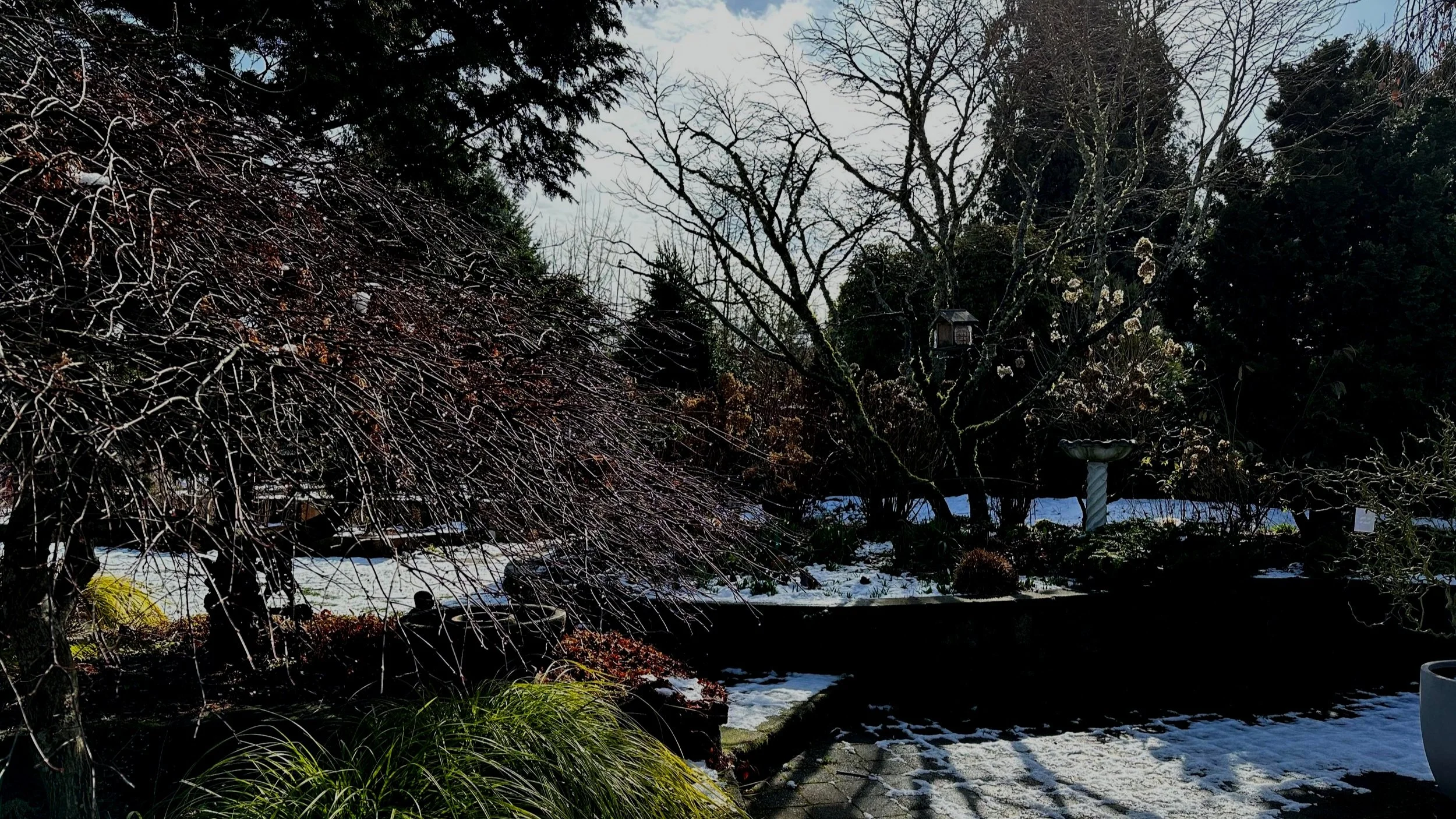I know it is still bloody cold outside, but Mother Nature waits for no one. Think of March as the fourth quarter in the game of gardening and it is time to score some points. Here is a game plan that will help you win and go on to a victory over that evil opponent, Winter…
Veggie Gardens: It’s time to prep those veggie beds with additions of organic fertilizer, lime, and an inch of compost, all thoroughly blended into the soil. If I am feeling generous, I will often add some alfalfa meal and a product called Azomite, which is a good source of trace elements. After adding these nutrients into the soil, you can plant all those “roots and shoots” crops like cabbages, cauliflowers, kale, broccoli, lettuce, potatoes, carrots, beets, onions and of course peas. Asparagus, horse radish, and rhubarb are all perennial vegetables that need to go in the ground now as well. Don’t even think about tomatoes or basil, it’s way too early.
Berries: All berries, whether straw, blue, black, Boysen, logan, rasp, or you name it, need to be planted now. Remember to plant two different varieties of blueberries for proper pollination.
Roses: We have had our new roses in for almost 2 months now and some varieties are already sold out. If you are planning on adding some new varieties to your landscape, now is the time to shop! For existing roses, finish pruning them down and fertilize them generously. I usually wait until there is 4 to 6 inches of new growth before I apply any kind of pesticide, after that I try to use a natural spray if possible.
Lawns: Over the winter moss will fill in everywhere and now is the time to get rid of it. Iron sulfate works the best, in my opinion, and is the most cost effective, just be careful not to get it on sidewalks or decks as it will stain. There are other products that contain potassium salts of a fatty acid that will not stain, but you will pay a bit more for the peace of mind. After a couple of weeks, you can rake out the lawn, then over-seed if necessary, apply fertilize and lime, and you should be good to go for the spring season. I use an organic fertilizer on my lawn, and while it has a higher up-front cost than synthetics, it will last much longer and in the long haul give you a much healthier lawn and environment.
Perennials and Annuals: It’s time to get busy and finish cutting back our perennials and ornamental grasses before the new growth gets in the way and we accidentally damage it. This is the perfect time to divide Hostas, Asters, Daylilies, Black-eyed Susan or just about any perennial, except for those that are getting ready to bloom - divide those just after they finish blooming. If you are sick and tired of looking at your colorless landscape, head on down to the garden center. Their tables are filling fast with cold hardy perennials like Arabis, Aubretia, Candy Tuft, Carnations, Primroses, Hellebores, and Bergenias, that are all in bloom or will come into bloom in March. And, believe it or not, there are even annuals that will take a light frost like Snap Dragons, Calendulas, Stocks, Sweet Alyssum, and of course Pansies and Violas.
March is indeed a month of madness for gardeners as we try to get all caught up and ready for spring, but we can do it if we just apply ourselves. Finish the cleanup, kill the moss, prune the roses, and plant some new perennials, shrubs and maybe a tree. Go team go!



